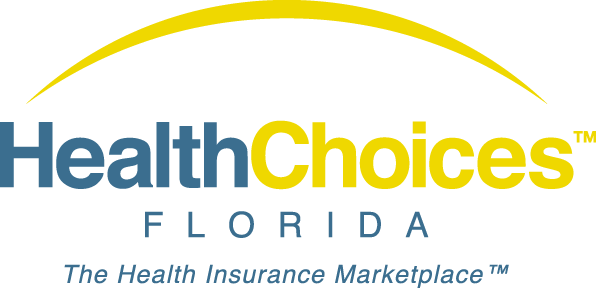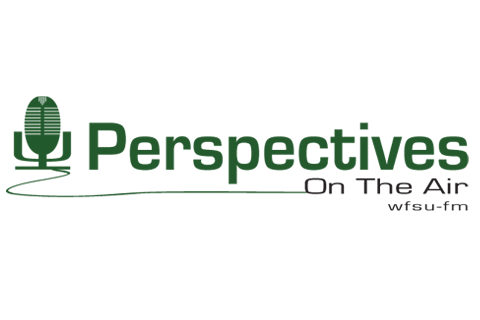The recent announcement by Florida Healthy Kids that full-pay program participants will experience a rate increase double or triple their current premiums was a devastating blow to many families across the state. According to Florida Healthy Kids, this increase will affect more than 30,000 Floridians and their children. While health care inflation has contributed significantly to these dramatic…

CHIP On or Off the Block?
Federal funding for the Children’s Health Insurance Programs (CHIP) will dry up September 2015 unless Congress appropriates funds to continue the popular health care program for kids. Administered by the states with a generous match rate, state and federal CHIP funding combined cover about 8 million children nationwide. In Florida, 287,000 children are covered through a multi-program, multi-agency program known as Florida KidCare, the cognomen for the state’s CHIP program.
A bill was filed recently by Senator Rockefeller that would extend federal funding for CHIP until 2019.
With implementation of the Affordable Care Act, will federal funding continue and are states getting out of the CHIP business? Let’s consider a few angles:
Origins: Let’s first look back to how the CHIP program came about. Here is the short version: The Clinton administration’s first effort at national health care reform was defeated in 1994. After a brief period of recovery, the administration borrowed ideas from successful state programs, like Florida Healthy Kids, and pitched a revamped health care initiative in the form of children’s coverage. After all, who could say no to uninsured kids? The strategy worked and the CHIP program was enacted in 1997.
State Incentives: Every state weighed the pros and cons and implemented its own version of the program. Initially, key incentives for states included a generous federal funding formula and the promise of state flexibility in designing and administering its program. Over time, however, the federal agency with oversight responsibility managed to reduce that flexibility and, slowly but surely, the state CHIP programs were reined in to their current form which is now closely aligned with the Medicaid program for kids.
Still, it is a popular program in Florida covering 7% of its children and the state spends $135 million to receive $355 million federal funds according to the most recent state budget figures.
Families: Families are willing to clear administrative hurdles and contribute some premium and co-payments in order to participate in Florida’s CHIP program. Since inception, family satisfaction with their doctors, their plan, and the amount they pay has remained consistently high across all program components.
Others: Advocates for reauthorizing federal funding that supports the CHIP program often cite differences between CHIP and the Affordable Care Act (ACA) including the benefits, cost-sharing, and delivery systems with the claim that kids are better served under CHIP.
Some national advocacy organizations also refer to a “family glitch” in the ACA that requires employers to provide affordable insurance only for the workers themselves – not for their families – as an example of children’s coverage being undermined by the ACA.
Eligibility: In Florida’s 2014 version of CHIP, a family earning 133-200% of the federal poverty level (FPL) per year ($31,721 to $47,700 for a family of four) can enroll and receive financial assistance, but only for a child’s health care premiums. The ACA expands affordable coverage to children and their family members by providing insurance subsidies for those making anywhere from 100%-400% of FPL ($27,910 to $95,400 per year for the same family of four).
Shrinking Enrollment: Medicaid for children has expanded eligibility under the ACA and reaches into the CHIP program for a significant amount of new enrollment. Roughly one third of children enrolled in CHIP were transitioned from CHIP to Medicaid at the beginning of 2014 under new income thresholds and eligibility rules. Florida was expected to transfer 71,000 kids from CHIP to Medicaid and save $18 million by doing so.
Rule-Making: The Secretary of the federal agency with oversight responsibility has used the rule-making authority granted by the CHIP law to establish a variety of program requirements including broad child-centric benefits and low cost sharing. The same Secretary enjoys similar rule-making authority under the ACA, setting rules for coverage of both adults and children.
- The CHIP program was created to partially fill a hole after a more comprehensive effort of reform failed. With the enactment and implementation of comprehensive reform through the ACA, that hole is closed, albeit with a few exceptions.
- Flexibility, a key incentive for states implementing CHIP, has been eroded over time.
- If asked, enrolled families would say they’d like to see the program continued. After all, transitions aren’t always comfortable.
- The ACA already eroded CHIP enrollment when it required one third of CHIP kids to transition to Medicaid. By all appearances, families have handled the transition well.
- While there are some differences, the actual impact of a child’s transition from CHIP to a family plan under the ACA will be unique to each family’s circumstance. For instance, a child that requires a hearing aid in one of Florida’s CHIP programs gets one but it may not be covered under the family plan offered under the ACA. Yet, if the same child needs glasses, the family will have a copayment of $10 through CHIP, while the glasses covered under the ACA family coverage option have no co-payment.
- Advocate concerns that the ACA does not offer child-centric benefits and appropriate cost sharing for children could be addressed under the rule-making authority granted to the Secretary.
- Advocate claims that the “family glitch” will cause employers to drop children from workplace coverage cannot be proven. It is clear that some employers have dropped spousal coverage when the spouse has access to coverage through their own workplace but I find no reports of employers dropping kids.
- The ACA provides insurance subsidies for children and adults using much broader income thresholds of 100% to 400% of the federal poverty level. Florida’s CHIP program covers children only, and does so via a more narrow set of income thresholds: 133% to 200% of poverty.
- Florida’s share of CHIP spending is $135 million per year to provide subsidies to families to buy insurance for their children. Under the private coverage expansion of the ACA, Florida’s share of family subsidies is zero dollars.
- Two states (California and New Hampshire) have folded their separately administered CHIP programs into Medicaid to simplify administration and save money. California made the move when analysts showed the state would save $43 million in 2014.
Now, back to the original questions posed earlier:
Question: Will the federal funding be continued?
Answer: Maybe next summer. There is no pressure on Congress to do anything until then.
Question: Are states getting out the CHIP business anyway?
Answer: Any state that can save tax dollars by folding up their CHIP program is going to give it serious consideration. I expect we will see more states un-CHIP-ing.
About The Author: Rose Naff currently serves as CEO of Florida Health Choices, Inc. and is building Florida’s Health Insurance Marketplace. Launched in 2014, the Marketplace can fill gaps in other healthcare coverage while additional phases are being built. Go to www.myfloridachoices.org to learn more.


